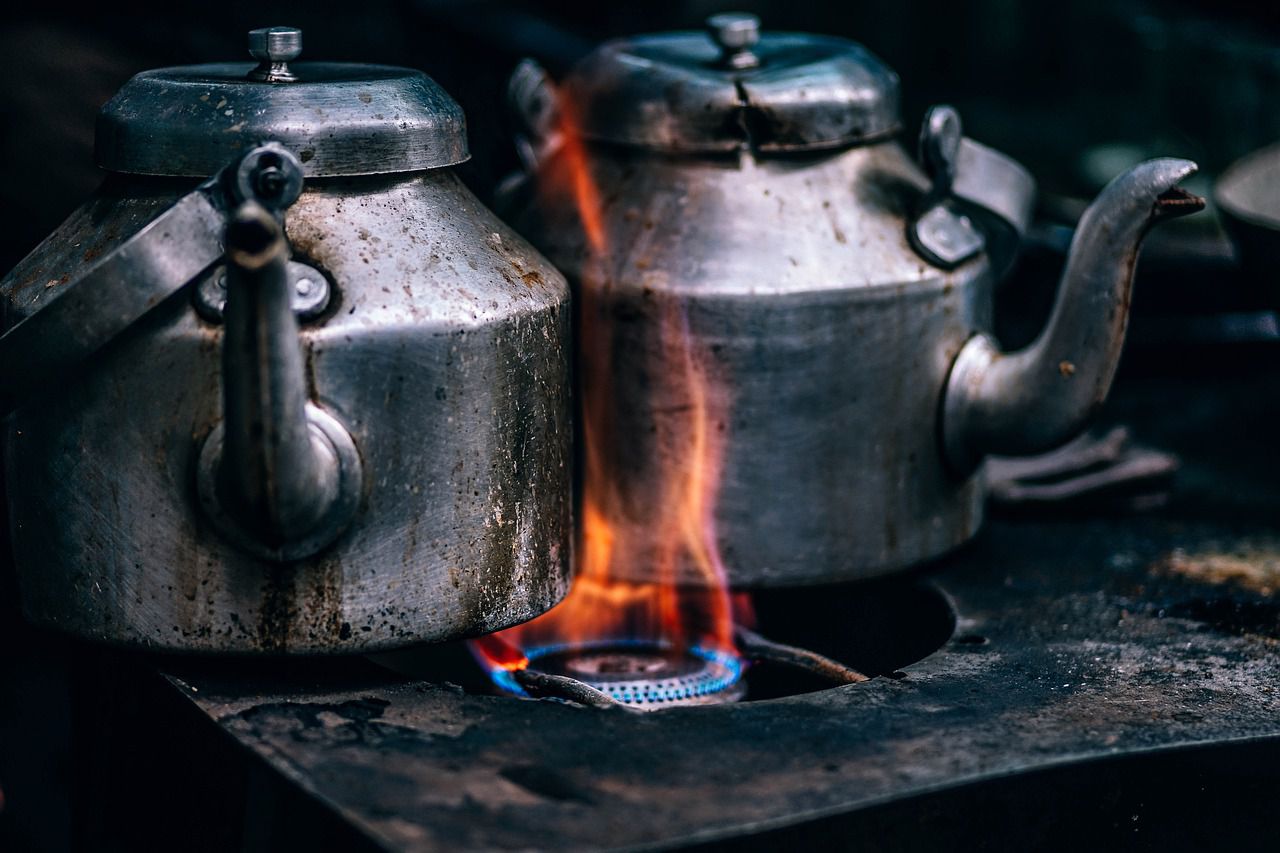Why your cooking pot becomes brown: Things that make it look unclean
If your cooking pans and pots are chrome and shiny, you can quickly see them becoming brown and dirty.
These brown stains are pretty hard to get rid of, so it's easier to avoid situations that can make them too dirty.
Here are some of them.
Heat and cooking oils
When cooking food, heat is applied to the pot's bottom, causing it to become hot.
Additionally, cooking oils or fats are commonly used to prevent food from sticking to the pot and to facilitate even heat distribution.

As the pot heats up, the cooking oil or fat begins to break down and undergo a chemical reaction known as "thermal decomposition."
Maillard reaction
This reaction, known as the Maillard reaction, leads to the browning or caramelization of the food's surface.
The heat causes the sugars and proteins to undergo a complex series of chemical reactions, resulting in the formation of new flavor compounds and brown pigments.
Residue buildup
Over time, as various foods are cooked in the pot, small amounts of the cooked food, oils, fats, and sugars can accumulate and adhere to the pot's bottom.
These residues can gradually build up and contribute to the brown discoloration.
High heat and prolonged cooking
Cooking at high heat or for extended periods can intensify the caramelization process and contribute to a more pronounced browning effect on the pot's bottom.
This is particularly noticeable when cooking foods that contain a higher concentration of sugars or proteins, such as sauces, stews, or caramelized vegetables.
